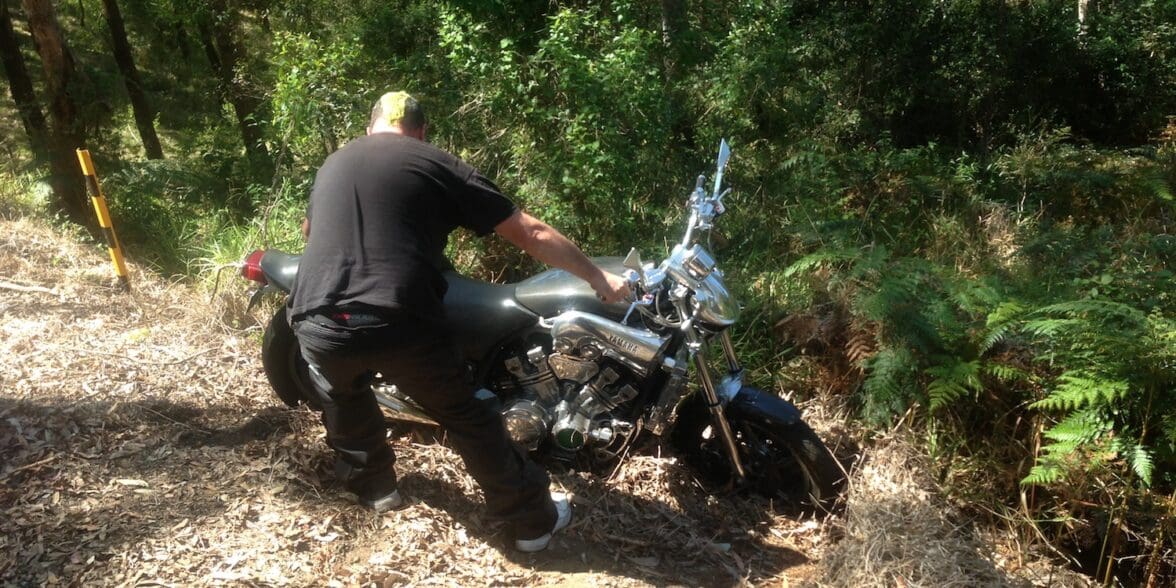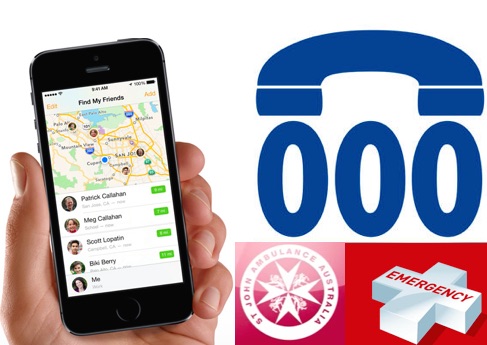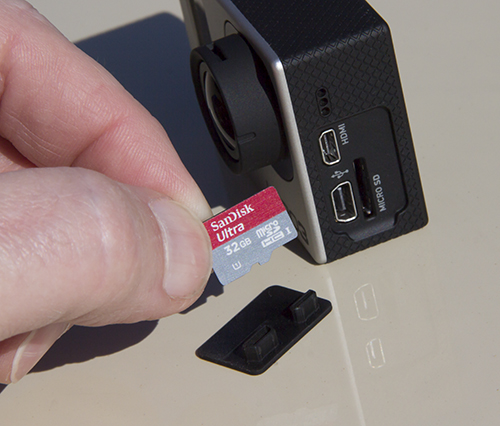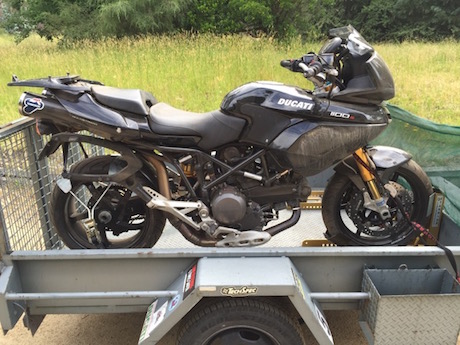Assuming you are not hurt, what you do straight after you’ve had a minor motorcycle crash is absolutely vital to your future physical and financial health and safety.
Even if it’s just a slide down the road or low-speed traffic-light rear-ender that didn’t hurt you or your bike much, there are several key things to do that are often forgotten in the adrenalin “rush” of an accident.
Your blood is pumping and your heart is racing, but your mind seems to go to mush.
So we suggest putting these tips or, at least, a summary version in your phone’s notes so it is ready to consult if you’ve had a minor crash.
These tips are intended for riders involved in a minor motorcycle crash only with no injury or only minor scratches or bruising. It is also not intended for witnesses or first responders.
For details on more serious crashes, please read this article.
We also highly recommend all riders take some sort of motorcycle-specific first-aid course.
10 things to do after you’ve had a minor motorcycle crash:
- Secure the scene. If you can, move yourself and your bike to safety. Check for leaked fuel and other dangerous objects such as shattered glass on the road. Stand your bike up and turn on the hazard lights. Get off the road. Check that anyone else involved is also safe and secure. (Refer to the article previously mentioned.)
- Check yourself. Adrenalin is rushing through your body and may obscure some injuries, so give yourself a once over. Take deep breaths to calm down. Check your helmet and gear for damage as it will indicate injury in that area. Look for blood and think about any pains you may be experiencing. Check others for injuries, whether they are obvious, such as blood, or obscure, such as incoherent answers to your questions. Once again, if it’s anything more than just a minor bingle, refer to the article previously mentioned.
- Contact emergency services. Too many people dial 000 for trivial matters, so step 2 is important before you call. Dial 000 if someone is injured/killed and/or there is an ongoing danger. And refer to the article previously mentioned. In the case of a minor accident, you will still need to notify police if there is damage to property or livestock and the owner is not present.
- Take photos and gather evidence. You should already have your phone out checking these points. Since this is a minor crash and you are not injured nor required to attend to any injured victims, start taking photos of the incident. Only in cases where there is no danger in leaving your bike where it landed, take photos before you move it. However, do not jeopardise your safety or others. You simply can’t take enough photos. Even if it is a single-vehicle crash, take lots of photos. Look for skid marks, damaged roadside signs or bush and number plates of vehicles involved. Find an eyewitness and use your phone’s voice recorder to get a statement. Ask them simply to state their name and what they saw. Don’t try to get them to say you are innocent. Take down a note of their name and contact details and ask to see their licence. Maybe even ask nicely to photograph it.
- Admit nothing. For your own legal protection, don’t state that it is your fault. Even if you think you made a mistake, there may be mitigating circumstances. This is a crash scene, not a courtroom. Let the legal eagles apportion blame. If you have an action camera fitted to you or your bike, take out the SD card and place it in your wallet for later reference. It gets a bit legally tricky here, so we advise you read this article about SD card evidence.
SD Card in a GoPro - Exchange information. If someone else is involved in the crash and you will be making a claim against their insurers or vice versa, get all their details. That includes name, address, licence number, phone contact and number plate. Use your phone to take photos of number plates and licence. If they have the details, also note their insurer.
- Stay right where you are. You are not allowed to leave the scene of a crash until you have either contacted police (if required) or provided your details to all relevant parties.
- Assess your bike for roadworthiness. It must still have two working mirrors, headlight, indicators, brake lights and controls. It should not be leaking fuel or oil. That’s a tall order even in a small spill, so your bike is most likely not roadworthy and should not be ridden. Besides, you may still be shaken and not in the right frame of mind to ride.
- Our friends at https://www.gmsmashrepairs.com.au/ who are experts in smash repairs recommend you contact your insurer or roadside assistance provider. Do not deal with a tow truck operator or vehicle rescue service that has turned up without being invited. Some have been known to bully, cajole and lie to crash victims to provoke them into using their service. Remember, your insurer or roadside assistance program may prefer to use their own services and may not refund any money you spend on a “rogue” operator.
- Drink water and relax. Even minor spills with nothing more than a scratched knee can put you under a lot of stress. There is also the embarrassment factor and remorse for damaging your pride and joy. It’s an emotional experience and you need time to recover. If you have water, or can access water, sip it and don’t gulp it. Relax. Sit down. Contemplate. Go back and check that you have covered every step. We strongly advise you to find an alternative to riding home.
Remember, these tips are only for minor crashes where you have not been injured or only received minor scratches or bruises.
We might sound like a broken record, but for anything more serious, please consult the previously mentioned article.





